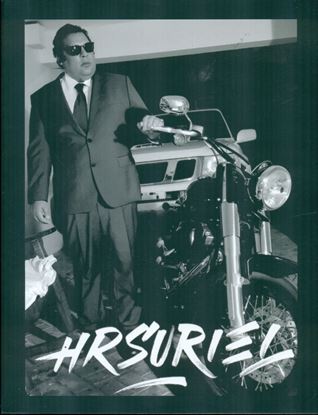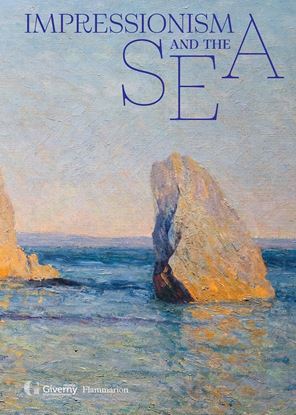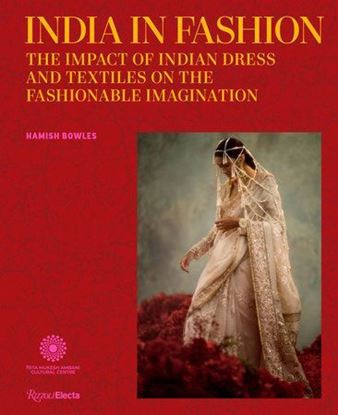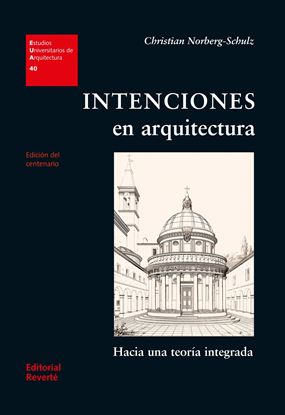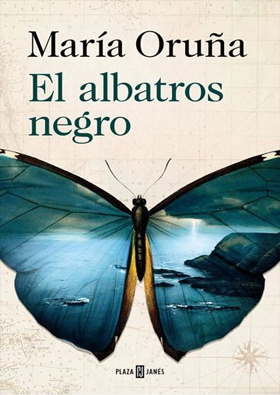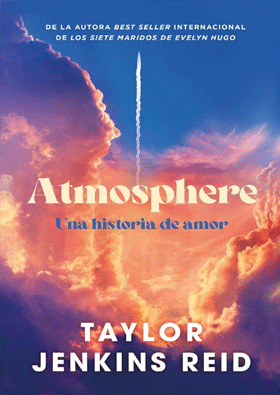

HOTEL CALIFORNIA. CANTAUTORES Y VAQUEROS
A mediados de los sesenta, la música popular norteamericana dio un giro copernicano cuando la fábrica de hits de Nueva York se vio desplazada por los himnos aterciopelados y edénicos que empezaron a brotar de Los Ángeles de la mano del genial productor Phil Spector y grupos como los Beach Boys, los Byrds o The Mamas and the Papas. A partir de ese momento, una serie de artistas, que empezaron a reivindicarse como cantautores de sus propios temas, encontraron en las colinas californianas de Laurel Canyon y en sus alrededores un paraíso virginal —en plena naturaleza pero a un paso del fragor de la gran ciudad— donde establecerse, echar raíces y dar rienda suelta a sus canciones de corte intimista y reivindicativo. Locales como el Troubadour, en La Cienega Boulevard, empezaron a ser frecuentados por la nueva horda de músicos, que aspiraban a tocar sus canciones en directo frente a la exigente audiencia, formada en buena parte por los propios músicos y aspirantes a estrellas. Se iría así fraguando una de las eras doradas del rock norteamericano, que empresarios de la música como un joven y aguerrido David Geffen y su socio Elliot Roberts convertirían casi de la noche a la mañana en un emporio. De este modo, sellos como Warner/Reprise, dirigidos por los linces Mo Ostin y Joe Smith, o Asylum, del tándem Geffen/Roberts, apostaron por un repertorio de folk rock y nuevo country que vio nacer a cantautores y grupos de la talla de Neil Young, Joni Mitchell, Gram Parsons, Crosby, Stills & Nash, Jackson Browne, Linda Ronstadt, James Taylor, The Flying Burrito Brothers, The Eagles o Fleetwood Mac, entre muchos otros, que se convertirían en el nuevo canon del rock y el folk de la música norteamericana a base de música introspectiva y de raíces. Sin embargo, el idealismo, la solidaridad y el talento no tardarían en dar paso a un pandemónium de celos, consumo exacerbado de drogas y sobredosis, relaciones sentimentales tormentosas, éxitos clamorosos y caídas en picado que convirtieron el paraíso en un infierno de egoísmo y capitalismo desbocado que preconizó las maneras que la industria musical desarrollaría a partir de ese momento. Esta es la historia de los artistas de aquella generación, que alumbraron algunas de las mejores canciones de todos los tiempos y cuyo legado sigue más vigente que nunca.
995
IMPRESSIONISM AND THE SEA
The impressionists were forever inspired by the sea, which Claude Monet considered “a wonderful teacher for landscape artists.” The movement’s penchant for plein air painting and its characteristic style, with delicate brushstrokes and incomparable color palettes, was perfectly suited to portrayals of the sea and its perpetual movement, from gently rippling waves to raging storms.
2,500
INDIA IN FASHION
India in Fashion explores the beautiful and sophisticated history and aesthetics of traditional Indian fashion, dress, and textiles and their profound impact on European and American fashion from the eighteenth century to today.
This intoxicating and visually rich volume—with texts by experts from India, Europe, and North America—is published to accompany a major exhibition that celebrates the long historical contributions that Indian dress, textiles, and embroidery have had on Western fashion. From the introduction of chintz dressmaking fabrics in the eighteenth century to the early nineteenth-century vogue for light Indian fabrics, paisleys, and chikan embroideries to larger realities of empire and cultural appropriation, this volume features paintings, fashion magazine editorials, and portraits of influential people who championed Indian style throughout history.
3,500
INTENCIONES EN ARQUITECTURA. HACIA UNA
Este libro apareció originalmente en inglés, fruto de la tesis doctoral del autor. La primera versión española se publicó en 1979 y se reimprimió en 1988. Desde entonces el libro ha estado descatalogado. Esta nueva edición, totalmente revisada y remaquetada con las figuras junto al texto, se publica para celebrar el centenario del nacimiento de Christian Norberg-Schulz.
Los arquitectos siempre se han mostrado bastante reacios a desarrollar una base teórica en su campo, sobre todo a causa del prejuicio de que la teoría acaba con la facultad creadora. En este estudio se intentará demostrar que esa visión es errónea.
El libro se centra principalmente en los aspectos simbólico y lingüístico, y su propósito es desarrollar una teoría integrada de la arquitectura. Para ello se indaga en la descripción y en las intenciones: la descripción, en la medida en que la arquitectura es una ciencia; las intenciones (tanto las del usuario como las del arquitecto), en la medida en que la arquitectura es un arte.
La estructura del libro es seguramente una de las construcciones intelectuales más impresionantes que haya elaborado nunca un arquitecto. Los fundamentos en los que se basa incluyen la psicología de la Gestalt, el mecanismo de la percepción, la teoría de la información, la filosofía analítica (en particular el análisis lingüístico) y la teoría general de los signos y los símbolos. Todos esos conocimientos tienen su lugar y su propósito, ninguno se emplea para lograr un efecto puramente decorativo. Y todos esos enfoques, aparentemente divergentes, se articulan en un plan estrictamente organizado para proponer una teoría de aplicación general, una teoría que abarca los aspectos funcionales, formales y técnicos que, combinados mediante relaciones semánticas, están siempre presentes en la obra de arquitectura, entendida como una totalidad.
1,950



